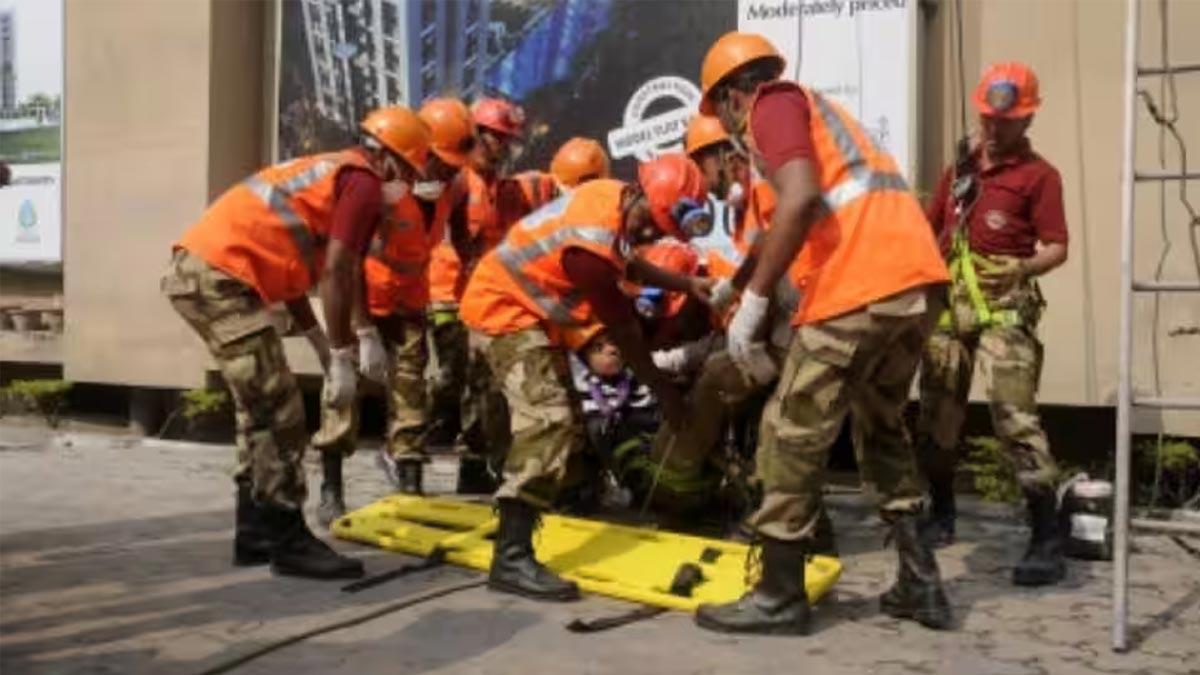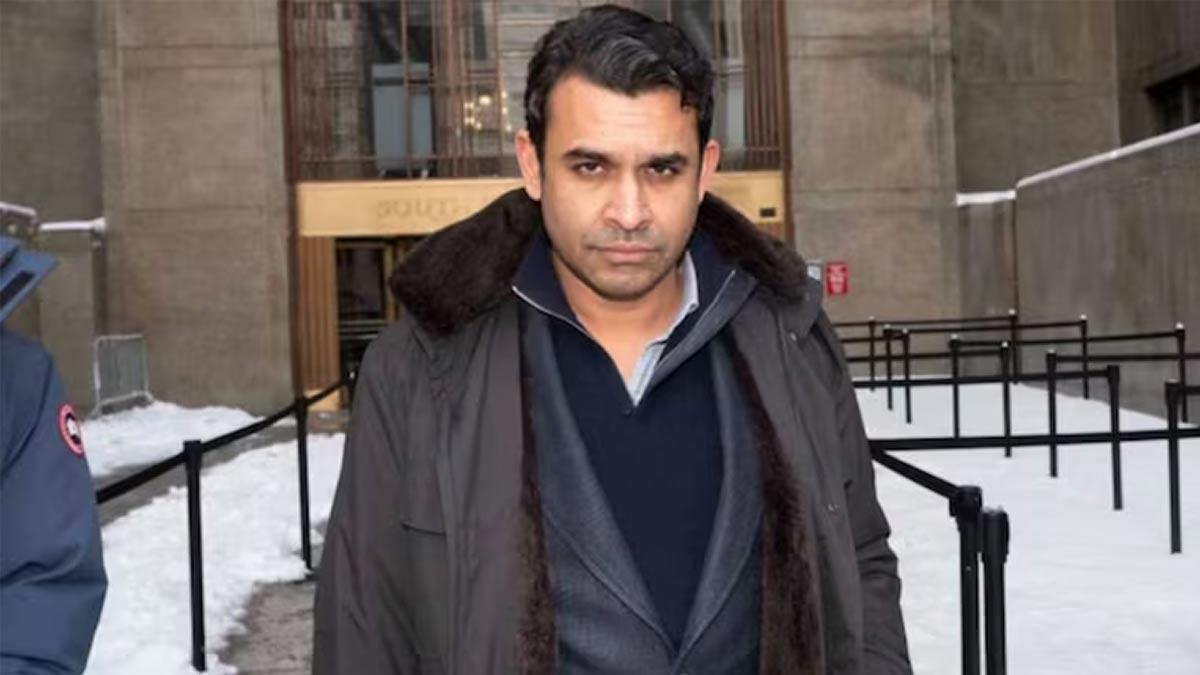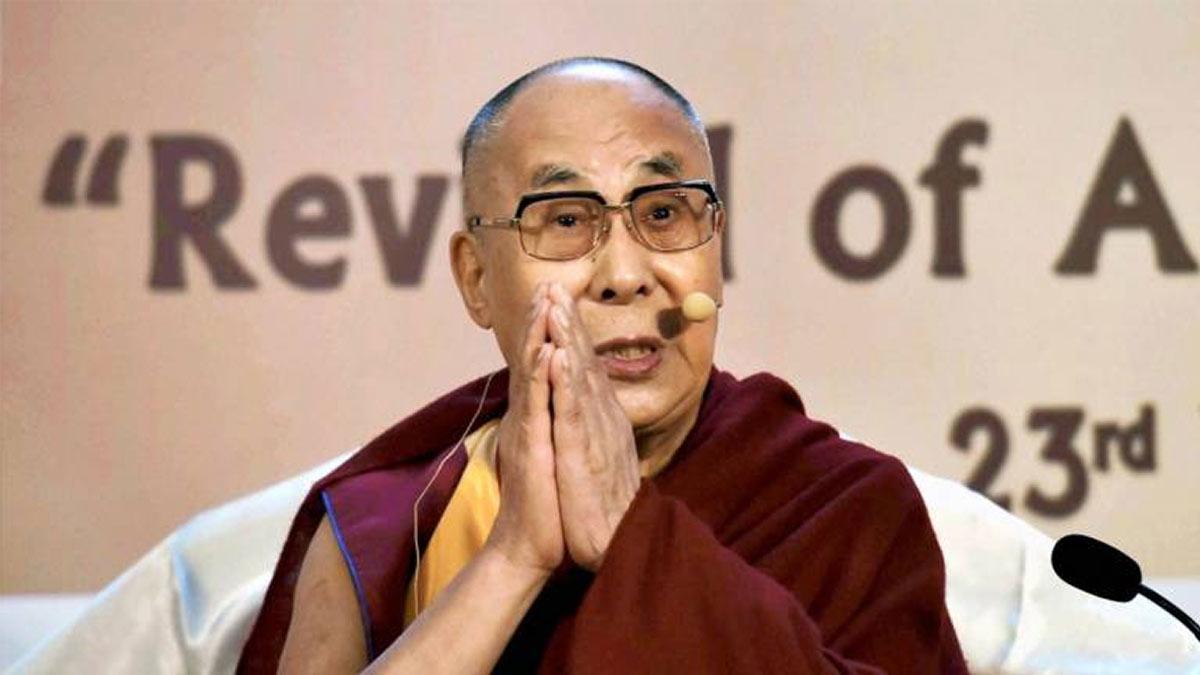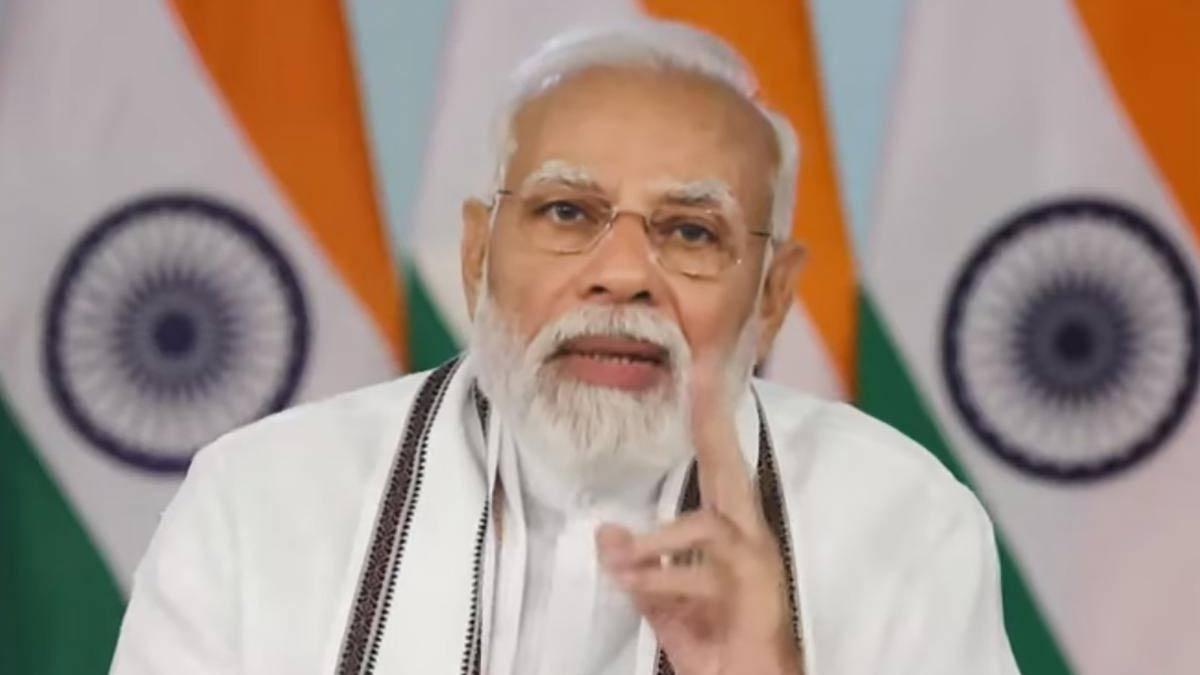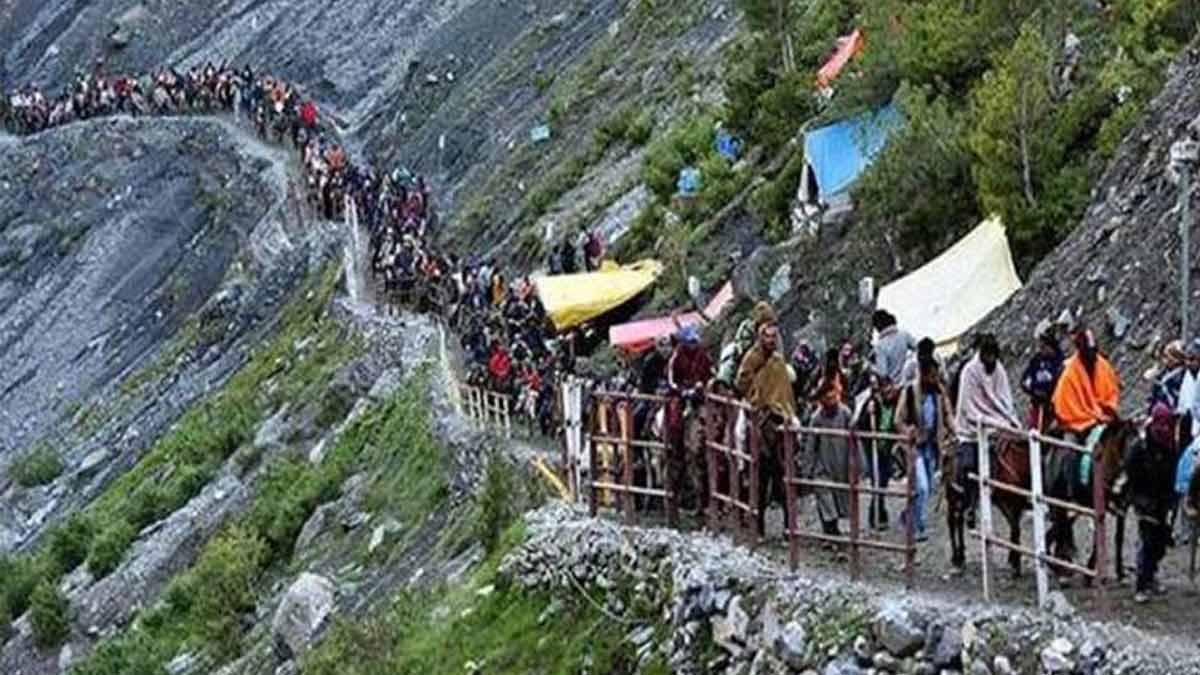Citizens in 244 areas that have been designated as civil defence districts will take part in a countrywide mock drill on Wednesday to get them ready for possible enemy attacks.
The drill, in the view of one official responsible for staging it, will entail training on what to do during air raid alerts, how to implement blackout procedures, and how to properly carry out evacuation procedures.
The plan was deliberated on Tuesday by Union Home Secretary Govind Mohan, who held a strategic meeting with the heads of the National Disaster Response Force (NDRF) and the Civil Defence. Both these organizations are spearheading the planning of the drill in the wake of increased tensions with Pakistan after the recent terrorist attack in Pahalgam.
Coinciding with this planning meeting, Prime Minister Narendra Modi earlier in the day had a meeting with National Security Advisor Ajit Doval. The meeting came against the background of reports that India was contemplating a decisive military strike to bring to justice those who were responsible for the Pahalgam attack, which resulted in 26 deaths in Baisaran Valley.
At the Home Secretary-convened meeting, government officials considered the condition of civilian defence infrastructure in different districts and the need for strengthening such a system. At the meeting attended by some persons remotely through video conferencing as well, hotlines, control rooms, and secure radio communications links with the Indian Air Force were also being considered for being established.
Local residents who participate in the exercise will be required to prepare beforehand by making simple emergency kits, including first-aid kits, candles, flashlights, and having money readily available to deal with in case digital payments fail to work, an official further added.
This will be the biggest such exercise ever following the pre-war exercises in 1971 before India-Pakistan war which resulted in the formation of Bangladesh following Pakistan's defeat.
A release by the Ministry of Home Affairs states, "The conduct of the exercise is taken to the village level. This exercise will assess and enhance the readiness of Civil Defence infrastructure in all States and Union Territories."
The ministry has also highlighted training the masses to counter quickly any "hostile attacks."
More details of the alert include that the exercise will feature "active participation of the District Controller, district authorities of varying levels, civil defence wardens/volunteers, Home Guard (active/reservist volunteers), NCC, NSS, NYKS, college/school students."
O.P. Singh, former Uttar Pradesh Director General of Police and now adviser to the NDRF, told IANS, "The primary aim of civil defence drill is to reduce damage to people and property."
He added, "The implicit assumption is that each individual is accountable for her or his survival," emphasizing that those simulated exercises were crucial to enable recovery and normalize after a crisis.
Singh further added that the size and intensity of each drill would depend on the region's distance from international borders as well as the nature of the threat being simulated.
For example, preps for air strike and missile attack scenarios will be vastly different, he added.
He added people will be instructed on how to behave during blackouts and warned against taking measures that could inadvertently reveal their whereabouts.
Read also| India Restricts Water Flow to Pakistan from Baglihar Dam Amid Escalating Tensions

